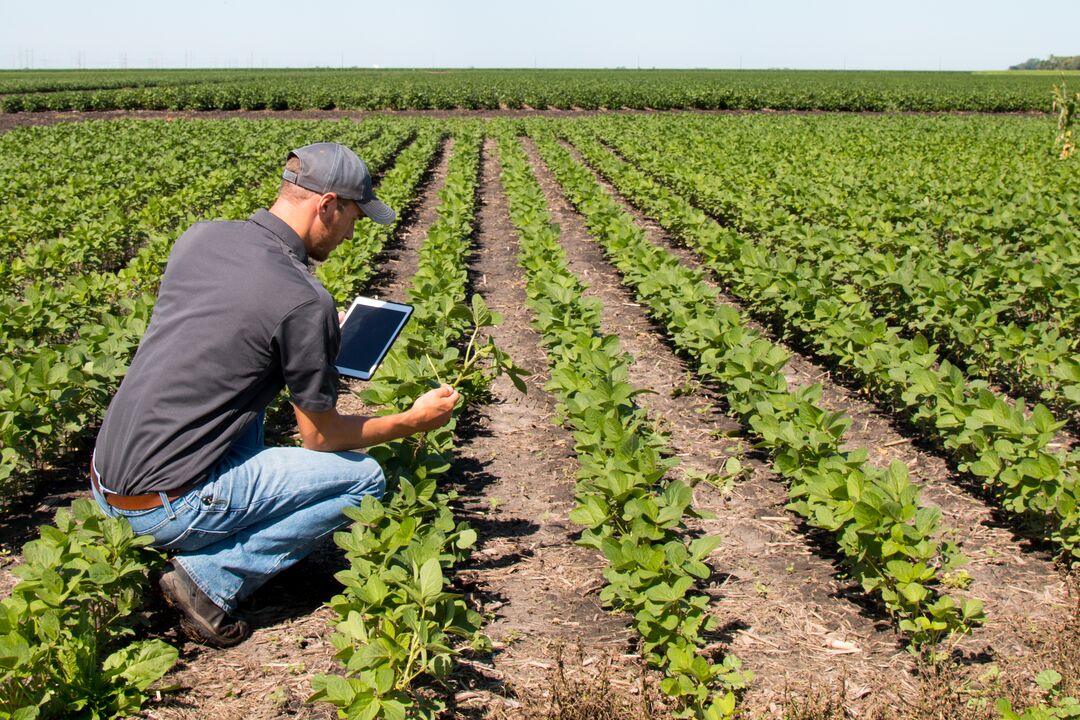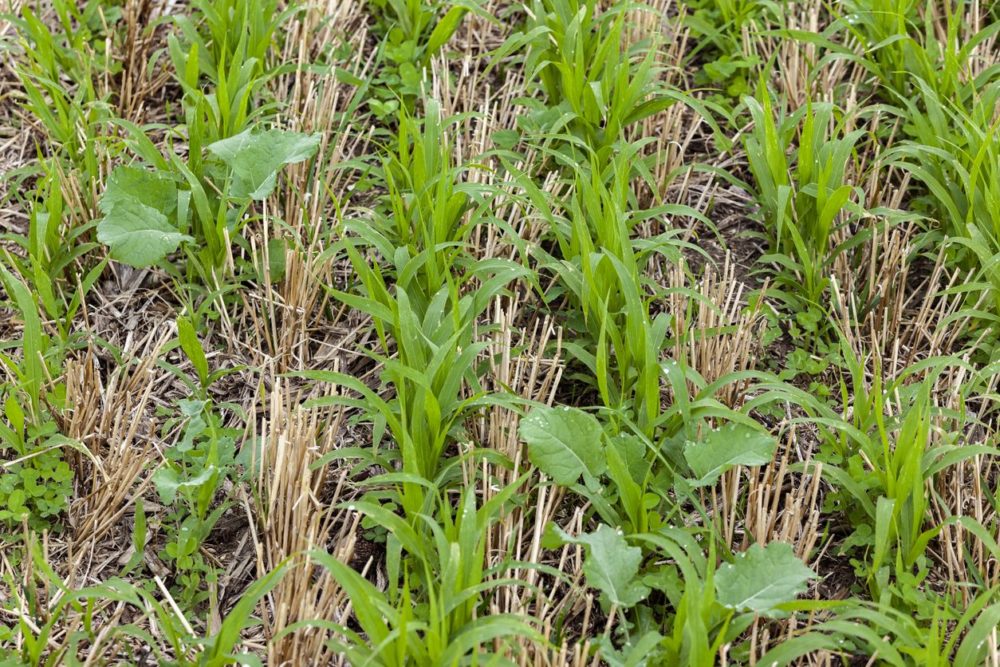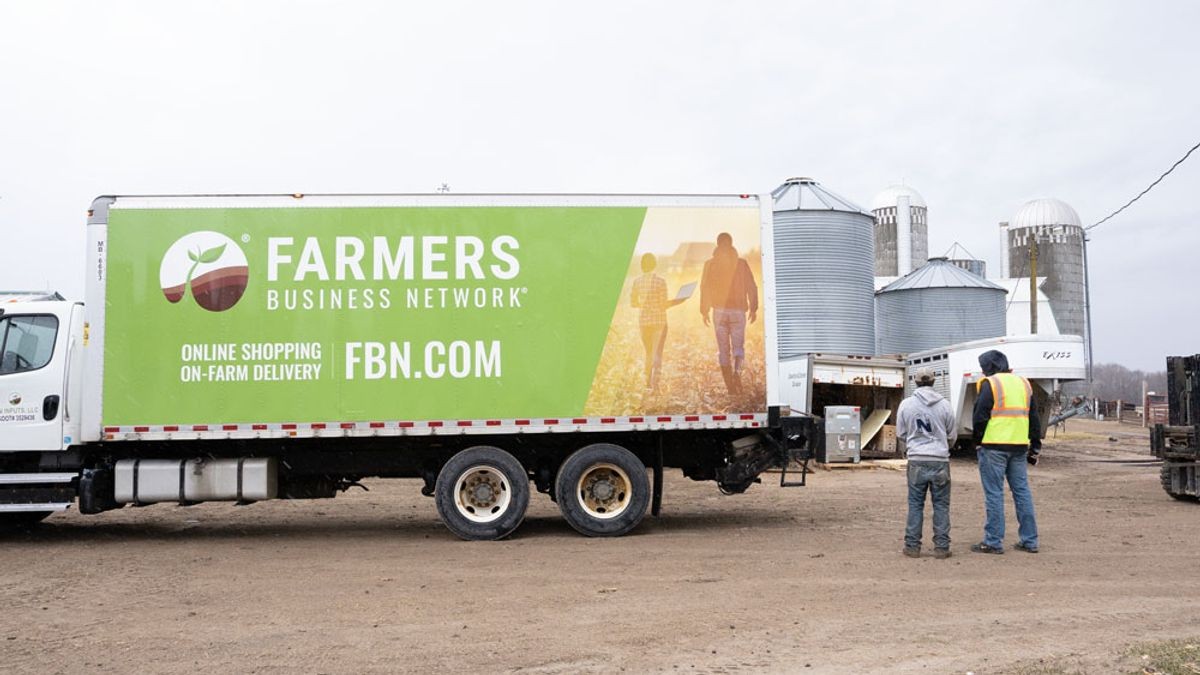“This year is probably going to be a tougher year than last year,” says Dan English, general manager of financing at Farmers Business Network (FBN) when asked about the financial outlook for farmers in 2024. “Farmers are going to have to be really careful around getting the best deals on inputs, managing their interest rate and expenses to really be profitable.”
Obtaining financing for agricultural operations is a complex business, which is one of the reasons a number of alternative financing options have cropped up in the last couple decades.
FBN is one such option, providing a variety of financing options through its online marketplace. That includes farm operating lines, which help farmers pay for inputs, labor, rent and other costs throughout the season. FBN just surpassed the billion-dollar mark in total operating lines financed, a milestone that makes sense when one considers the expected increase in farm production costs in the near term.

‘A perfect storm of financial stress’
“This year, we have heard from more farmers than in the past couple of years since commodity prices went up about the stress on their operations,” says English. “This has been the toughest environment that we’ve been in for a few years on just the core ag side. Throw in the pressure of high interest rates, and a lot of folks who get loans from their local banks are going to see some rate resets on their real estate loans in the next year or two.”
He says all this creates “a perfect storm of financial stress” for farmers and a need to find partners that can provide liquidity.
FBN’s operating lines provide revolving credit that can go towards farm expenses such as labor, inputs, equipment and rent.
Qualifying FBN customers buying inputs through the platform can leverage 0% finance, which English says “removes a major cost item from their expenses.” Recently, the company also added online payments to the operating line process, further speeding up the process.
Speed, especially compared to a traditional agricultural loan, which can take weeks if not months for approval, is one of the main reasons FBN has been able to surpass the billion-dollar mark in operating lines, says English.
“[Farmers] can do it from their home, they don’t even have to drive it to town. They can probably get the application done in 15 minutes or so to get a decision. Whether they go with us or use it as a price quote to negotiate with their local banker, it’s very easy, very quick.”
FBN provides lines starting at $100,000 and up to $5 million, with instant approvals granted for up to $1 million.
“We’ve grown quickly over the last couple of years,” says English of the financing arm of the business. “We have a team of loan advisors and credit analysts all across the US. They have an average of 15-plus years experience and so I think we’ve done a great job of carrying some best in class technology and really being the first to market with this type of operating line.”

Financing the regen ag transition
Getting a loan for regenerative agriculture is a greater task. The term may be mainstream lingo at this point, but implementing actual practices remains a challenge for farmers, in no small part because of financing. Regen ag typically involves high upfront costs and years to glean any benefits, which doesn’t mesh well with the traditional loan structure. Or as one report puts it, traditional agricultural loans tend towards “short-term focus on annual operating loan repayment to the detriment of long term profitability and financial stability.”
FBN launched its regenerative ag fund in 2022 as a new credit facility to reward growers implementing sustainable farming practices. Qualifying growers get a 0.5% rebate once they meet their sustainability targets, which FBN verifies through its Gradable platform.
“It was really the first in the market to give a discount on an interest rate based on the performance on some regenerative metrics,” says English. “One of our partners had done some research on what would reward growers [for transitioning to regenerative ag] and the answer came back that interest rate reduction would be the most possible.”
FBN started with $25 million in the first year, which English notes was “a small pilot that sold out very quickly as the fastest-moving product we’ve ever had.” The company doubled the amount to $50 million in 2023. English says he expects the program will do between $100 million and $200 million in 2024.
“We think farmers should get paid for these practices if their people down the supply chain are using them for claims,” he adds. “If consumers want them, they should pay for that and the farmer should be rewarded.”
He says the platform, developed in conjunction with the Environmental Defense Fund (EDF), is unique because FBN is able to provide sustainability scoring through the Gradable platform.
“We have a team there that will work with the farmers to collect the appropriate data to qualify them when they sign up for the loan. After the season is over, we will make sure they’re applying a sufficient amount of nitrogen to drive the right yields. If they’re doing cover crops or no- or low-till, things like that would qualify them for the program.”
Those that do qualify get a 0.5% rebate after meeting sustainability targets, which are based on criteria developed by the EDF and tailored to each individual farm.

‘This will be a very different year’
English doesn’t foresee enthusiasm for alternative financing going away any time soon.
“Last year, farmers really had very strong cash positions, went through harvest in 2022 and had a great year. In 2023, we started to see some of that chip away for farmers. [It was] a profitable year for farmers who were able to sell earlier, but if they held onto a lot of grain it was a less-than-good year.”
“This will be a very different year,” he adds, with “a greater need for financing.”
“Real estate prices have remained high and so farmers buying land will certainly need to finance that. If they’re on a variable rate note from a few years ago, they’re going to have to think about the appropriate amount of leverage for their farm. We expect that there will be an increased demand here over the next 18 months as those various factors flow through the economy.”



